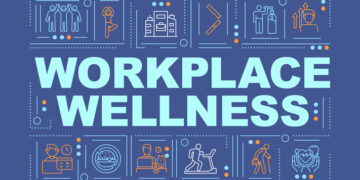
The world is embroiled in a cost-of-living crisis affecting the whole planet. In Canada, the rising costs of commodities are affecting food security. A recent survey showed that one in five Canadians reported going hungry in the past two years.
As a result, many people are focusing more on stricter budgeting when it comes to food. For many people, this may mean limiting healthy meals or taking out some foods from their diet entirely. After all, healthier options tend to be more expensive.
However, a tight budget does not necessarily mean that you have to sacrifice nutrition. Here are some tips to ensure that you can eat well without breaking the bank.
Eat Healthily by Varying Your Ingredients
Healthy eating does not mean bland food or repetition. The most important thing is maintaining a balanced diet with the nutrients your body needs. Most sustainable diet programs take into consideration many elements of a food group, including protein, fiber, calories, fats, and sugar, when creating meal options. With a variety of choices, you can mix and match to nourish yourself while keeping your food interesting. You can change up your protein from beef to tofu, add nuts and seeds to your salad, or pick different fruits depending on your taste and budget.
Plan well
It’s always best to go shopping prepared. Without a plan of action, people tend to buy random things more and make impulsive decisions. Plan where to shop, like checking out the farmer’s market or local shops for specific produce needs. Compare store coupons and offers, and note those while making your list and schedule to go shopping. Check your pantry and make an inventory of what you have. Use this to plan the recipes you will use beforehand, and then make your grocery list. Also, do not shop when you are hungry, as this makes everything look more appealing.
Stock up
Although buying in bulk and buying whole feels more expensive, it will save you money in the long run. Wholesale prices are still less expensive when divided by the number of meals prepared from them, compared to individual or ready-made options. For example, dried beans are excellent sources of protein which can be stored for a long time and can be used in a multitude of recipes. Whole vegetables like squash divided into different meals throughout the week can be cheaper than buying pre-cut and pre-seasoned.
Pick your Produce
Shopping for seasonal fruits and vegetables is cheaper than buying products that are out-of-season. Buying frozen or canned fruits and vegetables is another good option. Many canned or frozen products have the same amount of nutrients as fresh foods. Additionally, these fruits and vegetables are picked when they are most ripe and at the peak of nutrition before canning or freezing, which helps them keep their nutritional value. Just be careful to read labels, as some canned food may have added sodium or sugar.
Be energy efficient
You can also save more money when cooking by choosing more energy-efficient ways. Instead of using the oven, pick recipes that use the stove or smaller microwave appliances. When cooking on the stove, use the small pans and lids, or boil only the right amount of water you need, to speed up cooking time. If you have to use the oven, you can try batch-cooking multiple meal options at the same time or cooking double portions, so you have leftovers. You can also turn the oven off five to ten minutes before the end of cooking time and let the remaining heat finish
















